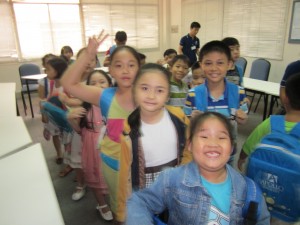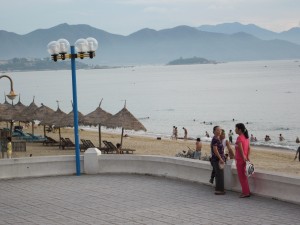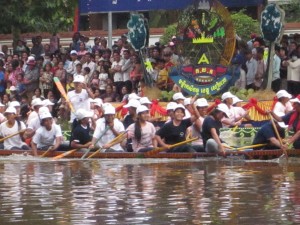Apparently, it’s not a full day on the job as an English teacher in Asia if you don’t have tears, a fight, and a reference to how fat you are–all in the same day.
The Young Learners market all over Asia is booming, so I have several kids classes–even at 7:45 Saturdays and Sundays. Since kids have school during the week, parents will send them when they don’t, on the weekend, the time kids in America would consider their precious time away from homework and tests. Teens spend their free time cramming for English language standardized tests that lead to study abroad opportunities.
Tears? It was the last day in class for my “Flyers” group, or my group of advanced 8-12 year-olds, and we were playing games. One of my 8-year-old students is very bright, but can’t sit still and bothers other students by acting out in class. He needed a chair, so he pulled one out from another girl who was about to sit. We sorted the problem out in no time, but it’s never a comforting feeling to suddenly turn around to one of your students in crumpled in tears on the floor.
A fight? I teach an adorable group of 7-8 year-olds for two hours Saturdays and Sundays things like colors, days of the week, and how to ask someone if they like ice cream. We play lots of games to practice language and keep them engaged, and naturally, the kids can get very competitive. After two boys’ turn at a board race, they ended up in a fist fight, arguing over one who had made fun of the other for losing the turn. My TA (Teacher’s Assistant) and I split it up quickly, but we had sullen faces for a couple minutes.
After these morning classes, I return to the teachers room, and relate what happened to my co-workers, one said, “What ’til you have blood in the same class, too.”
That leaves the fat reference. I have to preface this with several explanations. One, at 5’5″, I am taller than most of my Vietnamese counterparts, as are many westerners, so we are naturally larger than most. Two, due to Vietnamese history, as my friend explained to me, being more plump than others is a sign of wealth, thus being told you are fat is a huge compliment. Three, Vietnamese are not shy about telling or asking you for details that may seem rude in western cultures–like telling you that your shirt makes you look fat. In my evening teens class, we were working on physical descriptions, and the thirteen-year-old I called on described me as having blonde hair, being very beautiful, and being fat. Oh, only in Asia.
And if that didn’t make me feel great enough, my third-grade class had input on the subject, too. It’s my last class of the morning at a local primary school, and I’m trying to dismiss the class when one of my more enthusiastic girls sitting in the very back of the room jumps up and down, and says, “Teacher, I have a question!! Do you have baby?! Because your belly very big!”
Ooof. I swear, it was just because I was wearing a dress with an empire waistline! Naw, it doesn’t bother me, but it’s just one of those, “Really??” moments that makes you wince, and then smile.
Day by day, so much to learn. Let’s just hope I never have blood in the classroom.






